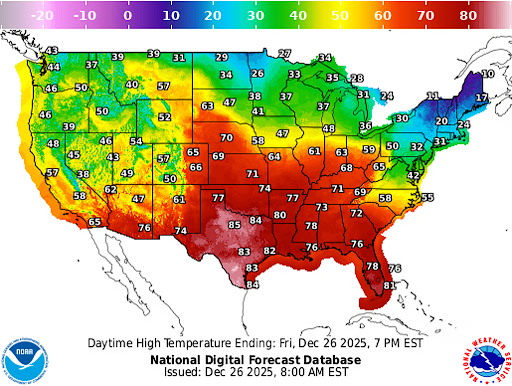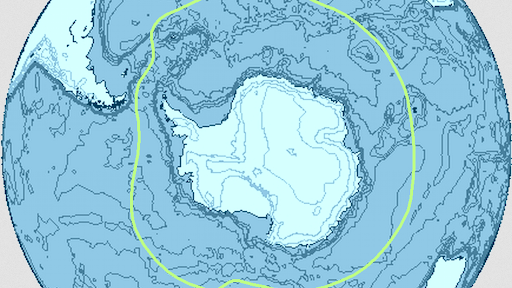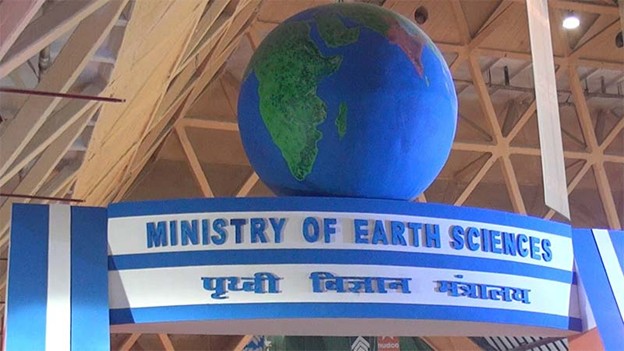Description
Copyright infringement not intended
Source: New Scientist
Context
Seismic stations worldwide picked up an odd signal in September 2023 that lasted for nine days. It was brought on by a huge landslide in Greenland's Dickson Fjord, a glacier-made small sea inlet with cliffs or steep sides.
About Fjords
Location
Dickson Fjord is situated in eastern Greenland, part of the vast fjord systems of the Arctic region.
Features:
- Deep Inlets: Fjords may have very deep inlets. For instance, Norway's Sognefjord is more than 1,300 meters deep.
- Steep Cliffs: High, steep cliffs that can rise sharply out of the ocean usually encircle fjords.
- U-Shaped Valleys: Because of the glacier's erosive effect, the valleys created by fjords have a U shape.
- Long and Narrow Inlets: Fjords are long, narrow, and frequently reach far inland.
About the Massive Greenland Landslide
- A staggering 25 million cubic meters of rock and ice—enough to fill 10,000 Olympic-sized swimming pools—were engaged in the disaster.
- Twenty-five million cubic meters of rock and ice—enough to fill 10,000 Olympic-sized swimming pools—were involved in the disaster.
- The region was severely affected by the megatsunami that resulted from this catastrophe, which had waves as high as 200 meters.
- The landslide produced seismic waves that persisted for nine days in a row.
- The fact that so much glacier ice is melting shows how quickly these delicate ecosystems are being harmed by global warming.
Causes of the landslide
After looking into it, scientists found that a huge landslide in Greenland was the source of this odd signal.
- Hvide Støvhorn is a summit that had a landslide. A massive avalanche of rock and ice was produced by this collapse, and it slammed into the neighboring Dickson Fjord.
- Ten thousand Olympic-sized swimming pools' worth of rock and ice had fallen into the fjord. This resulted in a 200-meter-high mega-tsunami.
- A seiche, or back-and-forth wave in the fjord, was also caused by the landslide and lasted for nine days. The glacier's thinning as a result of global warming was the cause of the landslide's tremendous force.
- Generation of Tsunamis: A mega-tsunami—a massive wave that rose to a height of almost 200 meters, nearly three times the height of the Srirangam Temple—was created when the power of the falling ice and rock displaced a significant volume of water in the fjord.
- Seismic Waves: When the landslide happened and the mega-tsunami developed, it created seismic waves that echoed like a bell around the world. Seismic stations throughout the world recorded these waves.
- This landslide generated seismic waves that were different from the usual signatures of earthquakes. Instead of earthquakes' intricate patterns, they displayed a single frequency, like a plucked violin string.
- The impact of the avalanche sounded like a gong, vibrating the Earth, sending waves around the world that reverberated for days.
Source: NDTV
Practice Question
Q. Recently, a massive landslide occurred in Greenland, generating a tsunami that caused significant destruction. In this context, consider the following statements:
- The landslide occurred in a glacial fjord region of northwestern Greenland.
- It was triggered by permafrost thaw and glacial melt due to rising Arctic temperatures.
- Such landslides have no potential to cause tsunamis due to their inland nature.
Which of the statements given above is/are correct?
A) 1 and 2 only
B) 2 and 3 only
C) 1 and 3 only
D) 1, 2 and 3
Answer:
A) 1 and 2 only
Explanation:
- Statement 1: Correct. The landslide happened in a fjord area of Greenland, which is typical for such events in the Arctic.
- Statement 2: Correct. Climate change-induced permafrost thaw and glacial melt are major contributors to such instability.
- Statement 3: Incorrect. Despite being inland or near-coastal, massive landslides in fjords can generate tsunamis by displacing large volumes of water.
|









